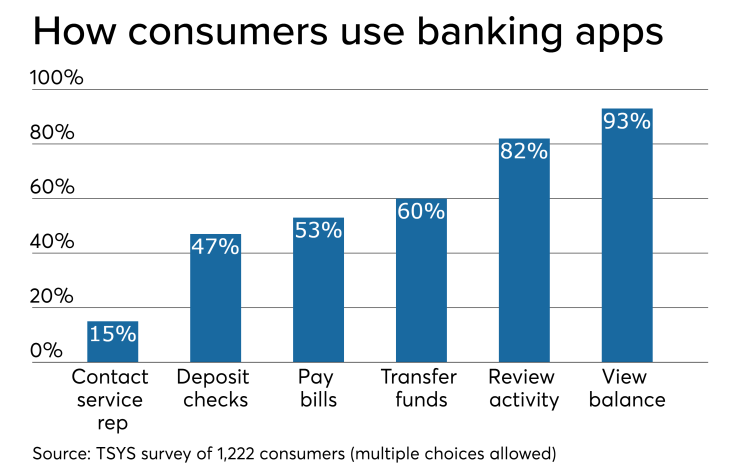As The Clearing House works to get more institutions, particularly community banks, to adopt real-time payments system, it's touting additional benefits beyond speed.
The payment network, owned by the largest banks, argues there's an additional data benefit to joining because institutions using the system are able to get more information regarding any invoice. That can allow banks to offer customers more insight into bill pay and other payments.
“One thing that RTP enables is a set of messages that allow for contextual commerce,” said Peter Davey, head of product innovation for The Clearing House. “In doing so, we’re trying to use the full message set to provide more context for the actual payment.”

Among the banks that
“In the bill pay space right now, there’s a lack of transparency to the consumers in terms of when their payments actually get to the biller, when they’ve received credit for that payment, and basic things like the status of their account,” said Chris Kelley, senior vice president for digital banking at the $19 billion-asset FirstBank.
“Some of those things are not a concern for certain customers who use an auto pay feature. But you have a large amount of consumers who want more control over the payment and want to know exactly when it's leaving their account and they want to know that it got there immediately.”
The need for transparency could also be an advantage in a treasury management setting, observers said.
The messaging capabilities associated with real-time payments enable a two-way dialogue between the sender and receiver. The intent of the system is to clarify payment details between all parties.
For example, the receiver might request additional information from the sender about a bill, or several invoices, to reconcile payments more easily and faster. One of the messaging system’s benefits is that all inquiries and responses are linked so that a conversation history is retained for a specific request for payment.
A more detailed audit trail is created in the process.
Sarah Billings, senior vice president and head of payments product, operations and strategy at PNC Bank, used an example of a request for payment for several different invoices at once.
“I didn’t really understand what you meant by this, or what about this line item, and you had quoted me a different price,” Billings said about potential inquiries that can arise from a request for payment.
“All of this can be settled before the payment is made,” she said. “You’re able to reconcile multiple payments quicker, and that is a huge pain point in the corporate world.”
As for when more banks on The Clearing House’s network will deploy these sorts of capabilities on a wide scale, that day may be approaching. The organization has created and is testing what bill pay can look like in the future for the banks involved in the system.
“There are banks that are building out the design work that we’ve done on bill pay,” Davey said. “We’re not mandating a certain design, but we’ve provided a reference to say this is what a good user experience could look like for this.”
Davey added that some banks are working with billers now in a pilot to present requests for payment to customers with the goal of a full rollout toward the end of next year.
“We picked bill pay as the starting point because it’s broken and there are multiple people who are unhappy with the current process including consumers and billers,” Davey said. “This is an opportunity to show people how contextual commerce works, and that sets a precedent for how everything else would work in the B2B space and beyond."





